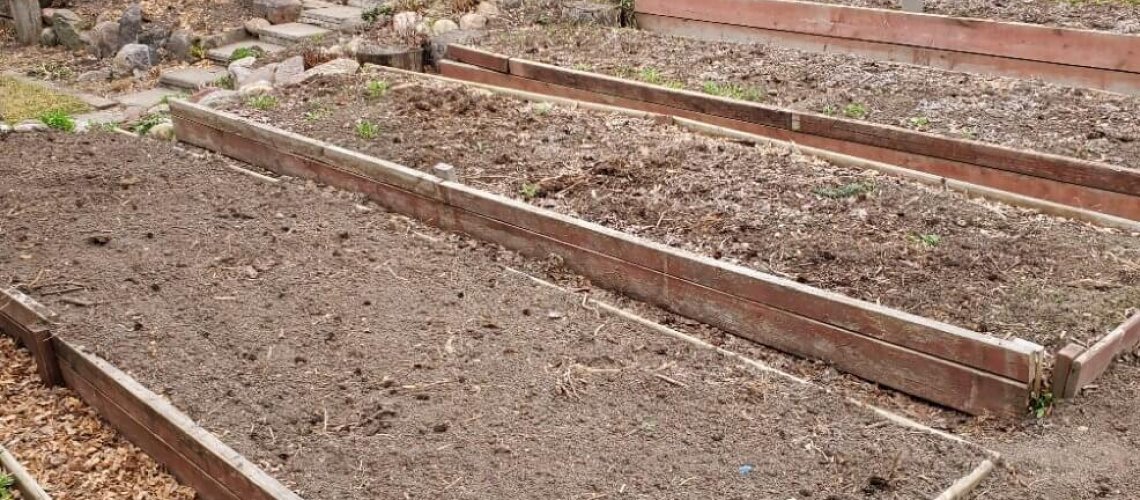Spring is a time of optimism. But summer is coming and you’ll have to look after what you plant. Don’t take on more than you can handle.
Plant frost-sensitive vegetables and flowers in the latter part of May. When planting, make sure that the soil surface is smooth, with fine soil and no lumps. Read the seed packets to determine spacing, length of germination, and days to maturity. Keep the seed rows moist to ensure germination. Mark your rows or keep a record of what you planted and where.
The following are the more common vegetables to be planted in late May.
Beans
Space seeds five inches apart in rows 16 inches apart. For the bush bean, I prefer the green haricot variety. I have also had success with pole beans grown up an 8-foot trellis.
Beets
Beet seeds need a warmer soil than other root vegetables. I prefer the Detroit variety that yields globe-like bulbs. Both the root and leaves are delicious. Space the seeds 2 inches apart and thin to 3 to 6 inches.
Corn
Corn is frost-sensitive; most often the growing season is too short. Plant in early May and cover if it is going to freeze. You should get corn two out of three years.
Cucumber
I plant cucumbers directly into the ground with a trellis to support the vine. Four plants in two mounds will produce enough cucumbers for your family. Use any excess to make pickles.
Pepper
Start in mid-April in a potting soil mix. Transplant into garden soil enriched with compost spaced 18 inches apart. Place a couple of tablespoons of crushed egg shells in the hole before you transplant the seedlings. Choose a location that will receive 6– 8 hours of sun, with little sun in the afternoon. Do not overwater.
Potato
In a 6-inch trench, space the seed potatoes every 12 inches in rows 18 inches apart. Ensure each seed potato, if cut, has at least three eyes. Each eye forms a single plant that produces four or more potatoes. Hill the potatoes once they have sprouted. If you don’t, sunlight will turn the exposed potatoes green. The green portion is a poison. Potatoes like a slightly acidic soil.
Pumpkin
Pumpkins grow long meandering vines. The variety, Small Sugar, is my favorite. Start seedlings inside and transplant them two to a mound of garden soil and compost in late May. Be prepared to cover in case of a frost.
Squash-Winter
Butternut and spaghetti squash are two favorites. Start them inside. Transplant in late May, two to a mound of soil mixed with compost. In case of frost, be prepared to cover the young plants. You can also grow them up a trellis instead of letting the vine crawl along the ground. A new variety, Golden Nugget is a bush type yielding 6 to 10 softball size fruit per plant.
Tomato
There are two types of tomatoes: indeterminate or vine, and determinate or bush. The vine type must be staked or grown up a rope or trellis. Contain bush tomato plants in a tomato cage.
Plant the seedlings in well-composted soil to a depth of its first two leaves. Roots will then grow from the stem. To limit blossom rot, place a couple of tablespoons of crushed eggshells in the hole before you transplant the seedlings. Space the indeterminate plants approximately 2 feet apart. Space the determinate or bush plants at least 3 feet apart.
Most tomato plants bearing small to medium fruit grow well in containers 12 inches in diameter or more. An Edmonton developed variety, Sophie’s Choice, grows well in containers.
Zucchini
One hill of two plants will provide enough zucchini. Plant four seeds in a six-inch mound of soil mixed with compost. After germination, remove the two weakest. Provide a 5-foot diameter space for the plants.
My next article will talk about insects and pests.

Recent Comments